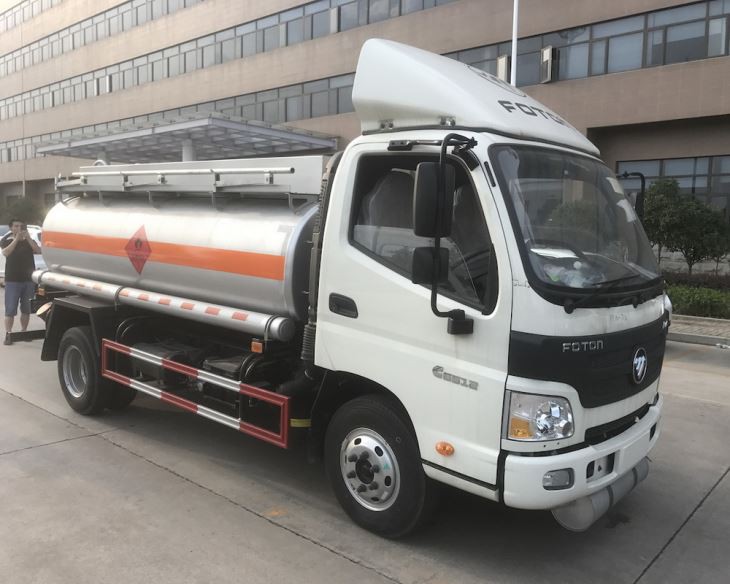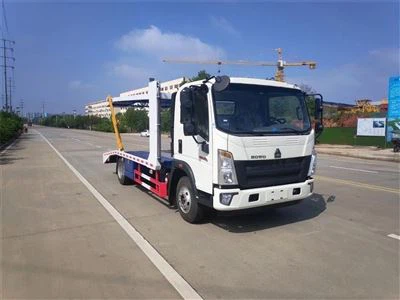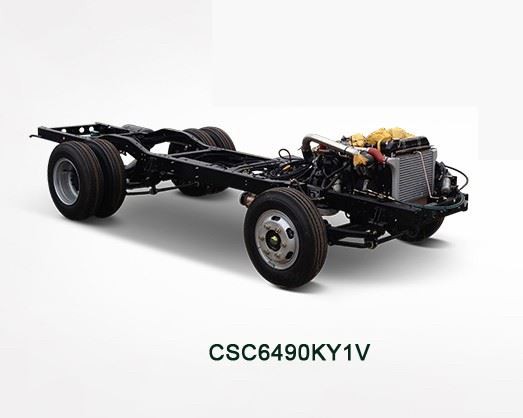Everything You Need to Know About Self-Loading Grapple Trucks

Introduction to Self-Loading Grapple Trucks
The world of logistics and material handling has seen remarkable advancements, and one of the most innovative solutions to emerging needs is the self-loading grapple truck. These trucks combine the functionality of a traditional vehicle with the efficiency of advanced hydraulic systems, allowing them to load, transport, and unload heavy materials with relative ease. Whether you’re in construction, waste management, or landscaping, understanding self-loading grapple trucks can significantly enhance your operations. This article explores everything from the design and functionality of these trucks to practical applications, maintenance tips, and more.
Understanding the Basics of Self-Loading Grapple Trucks
What is a Self-Loading Grapple Truck?
A self-loading grapple truck is designed to load materials onto its bed using a hydraulic grapple system. Unlike standard dump trucks, these trucks have an integrated loading arm that can extend to pick up various types of materials, making them highly versatile. They are primarily used in industries where bulky items such as logs, scrap metal, or waste materials are handled.
Key Components of Self-Loading Grapple Trucks
- Grapple Arm: A hydraulic arm equipped with adjustable claws for picking and gripping materials.
- Truck Chassis: A robust frame that supports the vehicle and its load.
- Hydraulic System: Powers the grapple and lifting mechanisms to ensure smooth operation.
- Operators Cabin: Space where the operator controls the vehicle and its functions.
How Self-Loading Grapple Trucks Work
The Loading Process
The self-loading process begins with the operator positioning the truck near the materials to be loaded. Using the controls within the cabin, the operator deploys the grapple arm, which can extend and rotate to access various angles. Once the arm grasps the material, it lifts and rotates to position the load over the truck bed before gently placing it down.
The Unloading Process
Unloading is equally efficient. The operator can reposition the truck in relation to the offloading site. The grapple arm extends again, lifts the material, and rotates to release it where required. This reduces the need for additional heavy equipment or manual handling, streamlining the entire process.
Advantages of Using Self-Loading Grapple Trucks
Efficiency and Productivity
Self-loading grapple trucks can dramatically increase productivity as they reduce loading and unloading times. In industries where time is critical, such as construction and waste management, these trucks can handle tasks more quickly than other solutions.
Cost Savings
By eliminating the need for additional equipment such as cranes or forklifts, businesses can save significantly on costs related to purchasing, maintaining, and operating multiple machines.
Versatility
Self-loading grapple trucks are designed to handle a wide range of materials, making them suitable for several industries, including forestry, scrap metal recycling, and demolition.
Applications of Self-Loading Grapple Trucks
Construction Industry
In construction sites, self-loading grapple trucks are essential for transporting materials such as timber, bricks, and rubble. They can efficiently manage waste material removal, thus improving site cleanliness and efficiency.
Waste Management
These trucks are commonly used in waste management operations, providing quick and safe loading of debris and recyclables from urban areas or construction sites.
Forestry and Logging
In the forestry sector, self-loading grapple trucks help transport logs from the forest floor to processing areas, enhancing operational efficiency while minimizing manual labor.
Landscaping and Agricultural Uses
Landscapers can utilize these trucks to move boulders, soil, or green waste, while farmers can use them to transport large bales or supplies around their fields efficiently.
Choosing the Right Self-Loading Grapple Truck
Factors to Consider
When selecting a self-loading grapple truck, consider the following factors:
| Factor | Description |
|---|---|
| Capacity | Ensure the truck’s capacity meets your material handling needs. |
| Hydraulic Power | Check the hydraulic lift capabilities for efficiency in loading/unloading. |
| Adaptability | Look for additional features that can adapt to various types of loads. |
| Durability | Choose trucks made with durable materials to withstand heavy use. |
Maintenance Tips for Self-Loading Grapple Trucks
Regular Inspections
Regular inspections of the hydraulic system, grapple arm, and chassis are crucial. Look for wear and tear, leaks, and rust.
Routine Cleaning
Keep the truck clean from debris and dirt, which can cause various mechanical issues over time.
Hydraulic Fluid Levels
Regularly check and replace hydraulic fluid to ensure optimal performance and avoid breakdowns.

Common Challenges and Solutions

Common Challenges
- Hydraulic Failures: These can cause operational delays.
- Driver Training: Improper use can lead to accidents or inefficiency.
Solutions
- Regular Maintenance: Address hydraulic issues immediately when they are identified.
- Training Programs: Implement training for operators to ensure they understand the machinery.
Cost Considerations for Self-Loading Grapple Trucks
Purchase Costs

The initial purchase price of a self-loading grapple truck can vary significantly based on size, features, and brand. New models can range from $50,000 to over $200,000.
Operating Costs
In addition to the purchase price, consider ongoing expenses like fuel, maintenance, and insurance, which can impact your overall budget.
Future Trends in Self-Loading Grapple Truck Technology
Automation and Robotics
As technology advances, self-loading grapple trucks may integrate more automation features, improving efficiency and safety on worksites.
Electric Models
With an increasing focus on sustainability, electric self-loading grapple trucks are being developed, reducing carbon footprints in logistics and handling operations.
FAQ Section
What is the main advantage of a self-loading grapple truck?
The primary advantage is its ability to load, transport, and unload materials without needing additional equipment, saving time and money.
What type of materials can a self-loading grapple truck handle?
It can handle various materials, including logs, construction debris, scrap metal, and waste items.
Are self-loading grapple trucks easy to operate?
While they are user-friendly, training is essential to ensure that operators can handle the machinery safely and efficiently.
How often should a self-loading grapple truck be serviced?
Regular maintenance is recommended every 250 hours of operation, though inspections should be done more frequently to catch any potential issues.
What are the cost factors to consider when purchasing a self-loading grapple truck?
Cost factors include the purchase price, operating costs, maintenance expenses, and potential financing options.
Are there any environmental benefits to using self-loading grapple trucks?
They can improve efficiency in waste management and reduce the need for manual handling, thus minimizing labor costs and the potential for environmental accidents.
